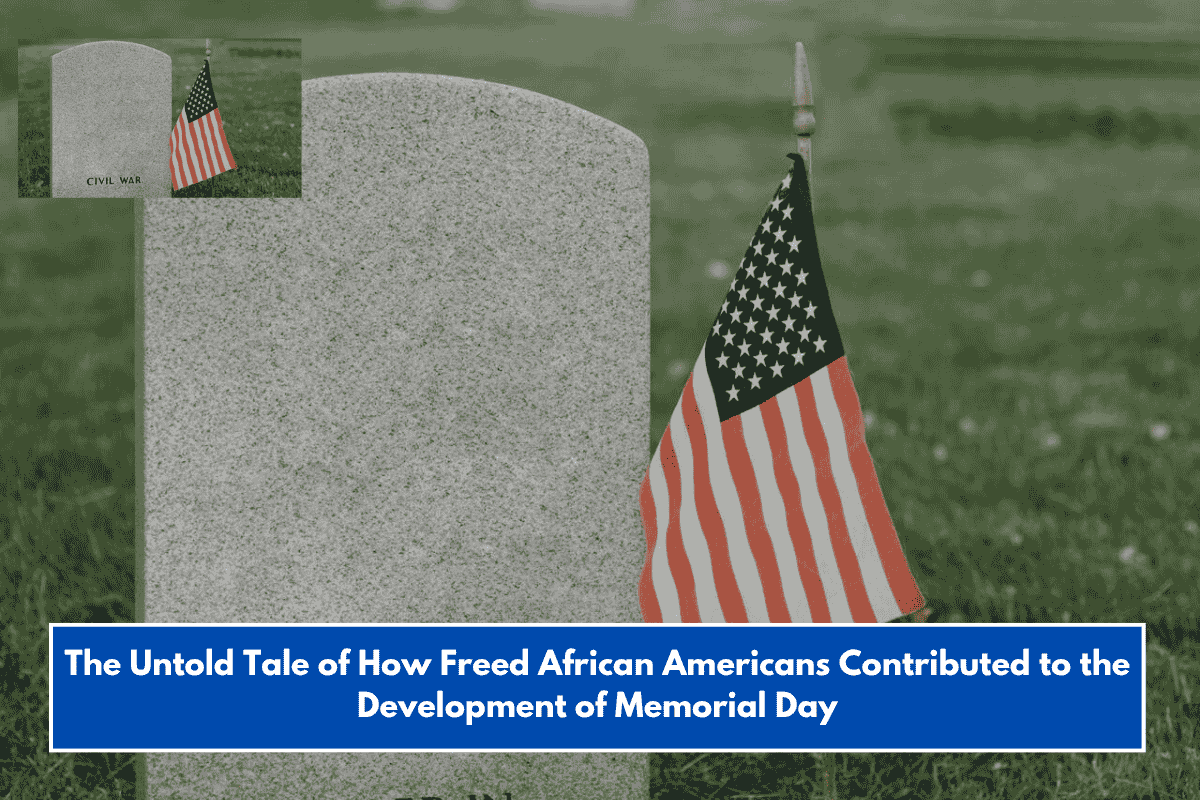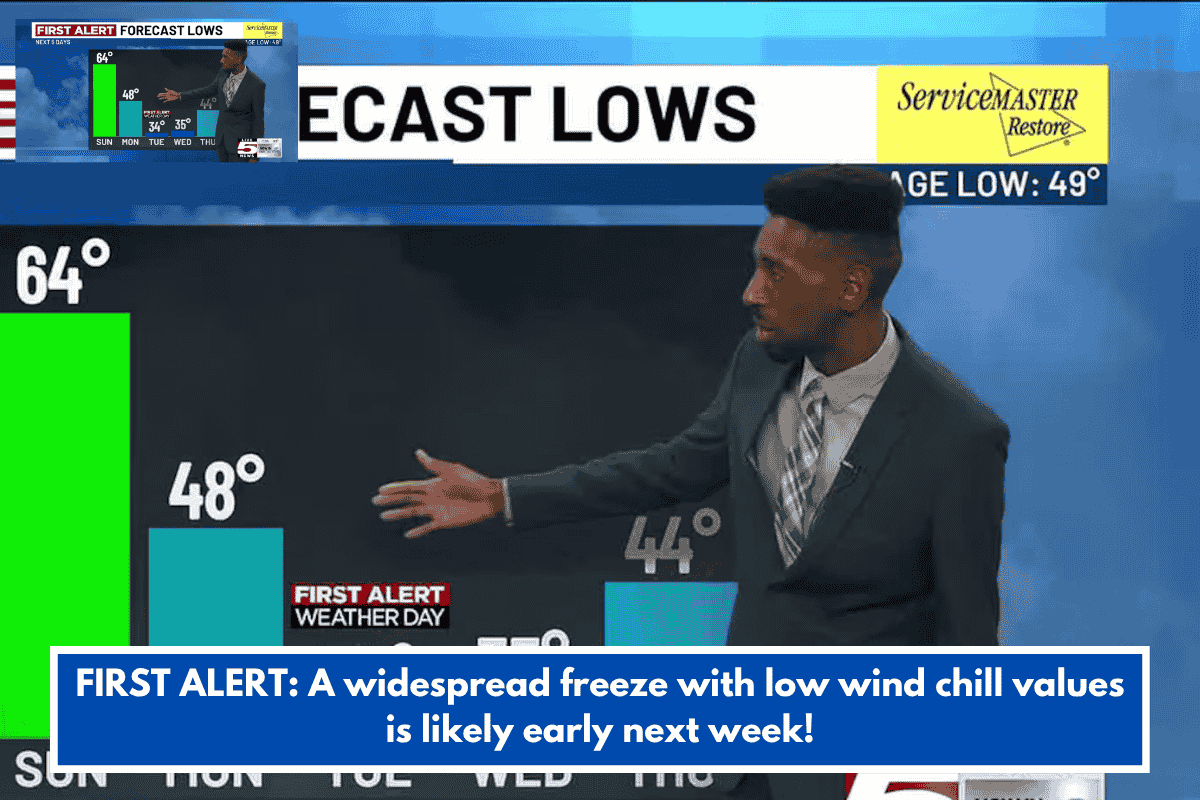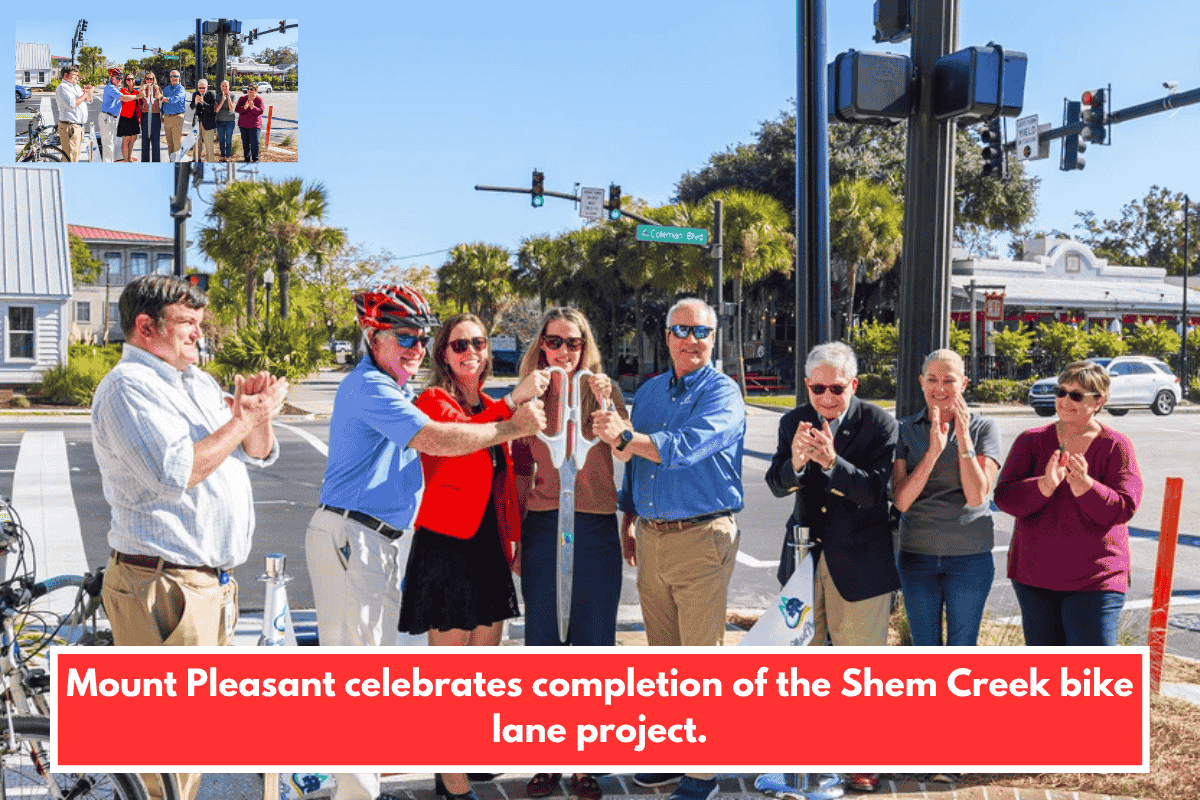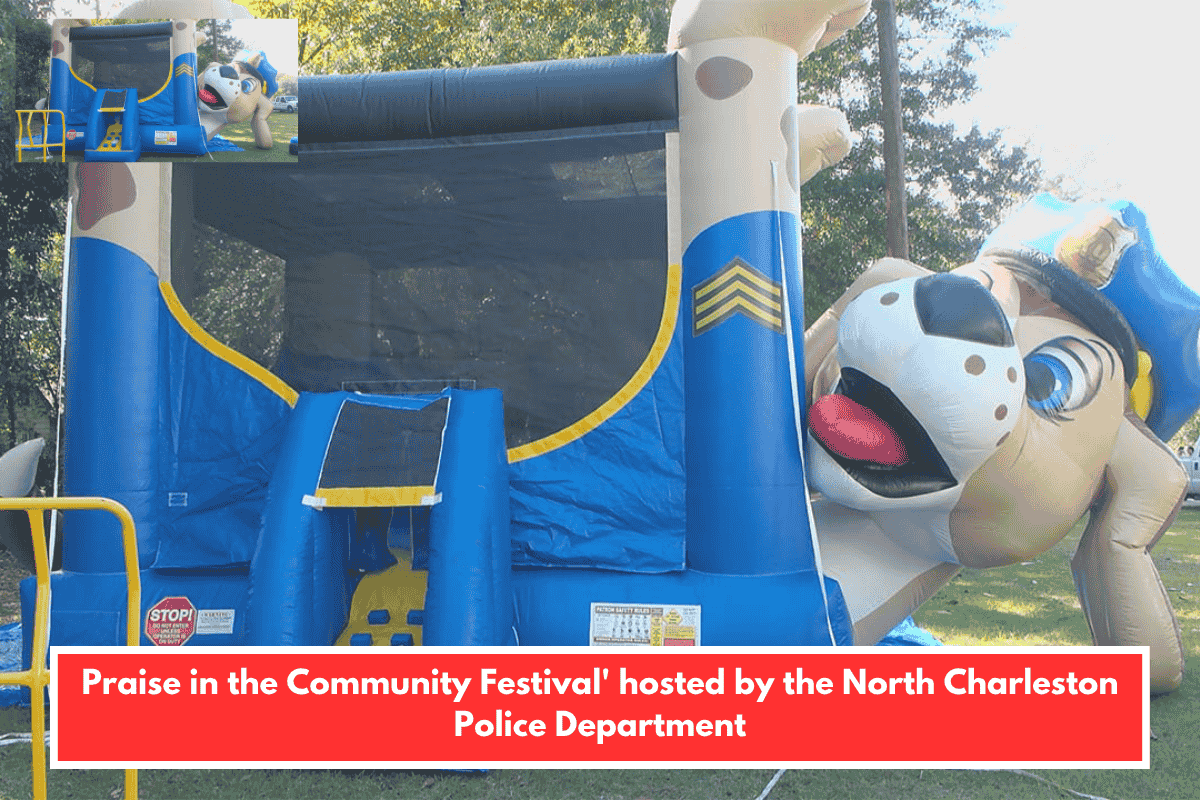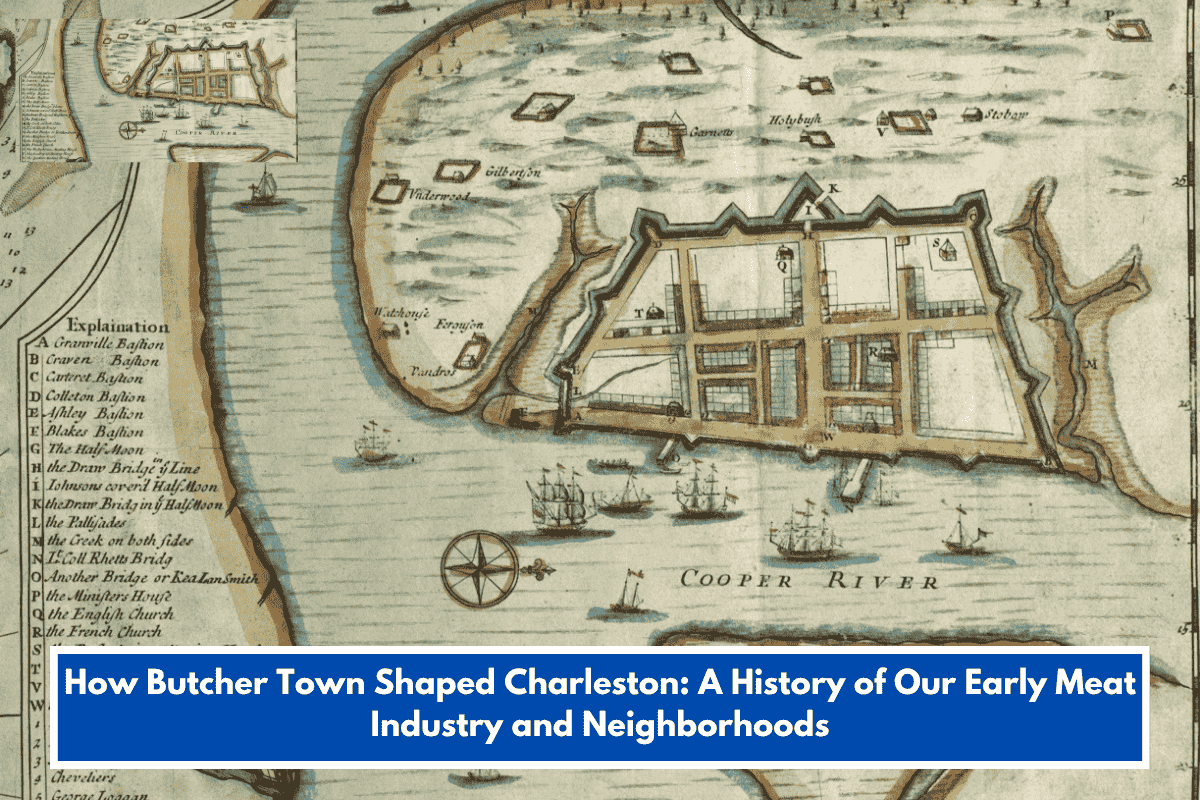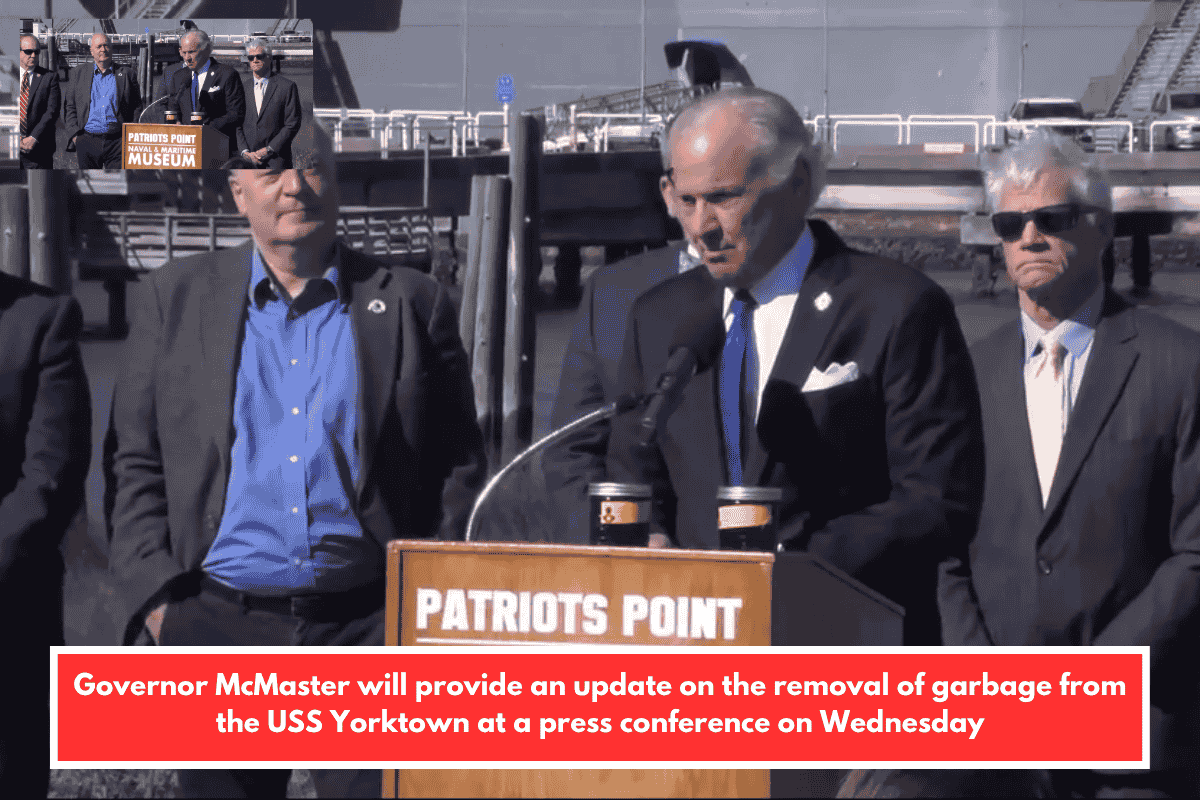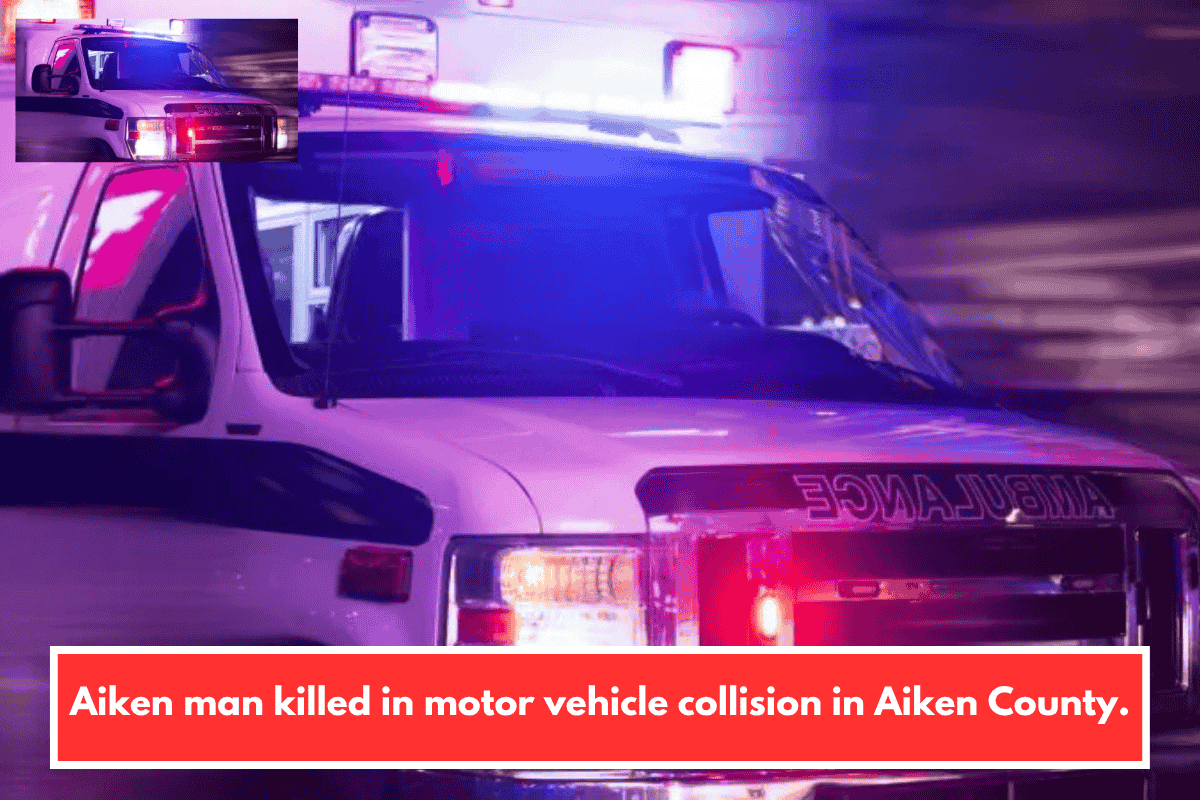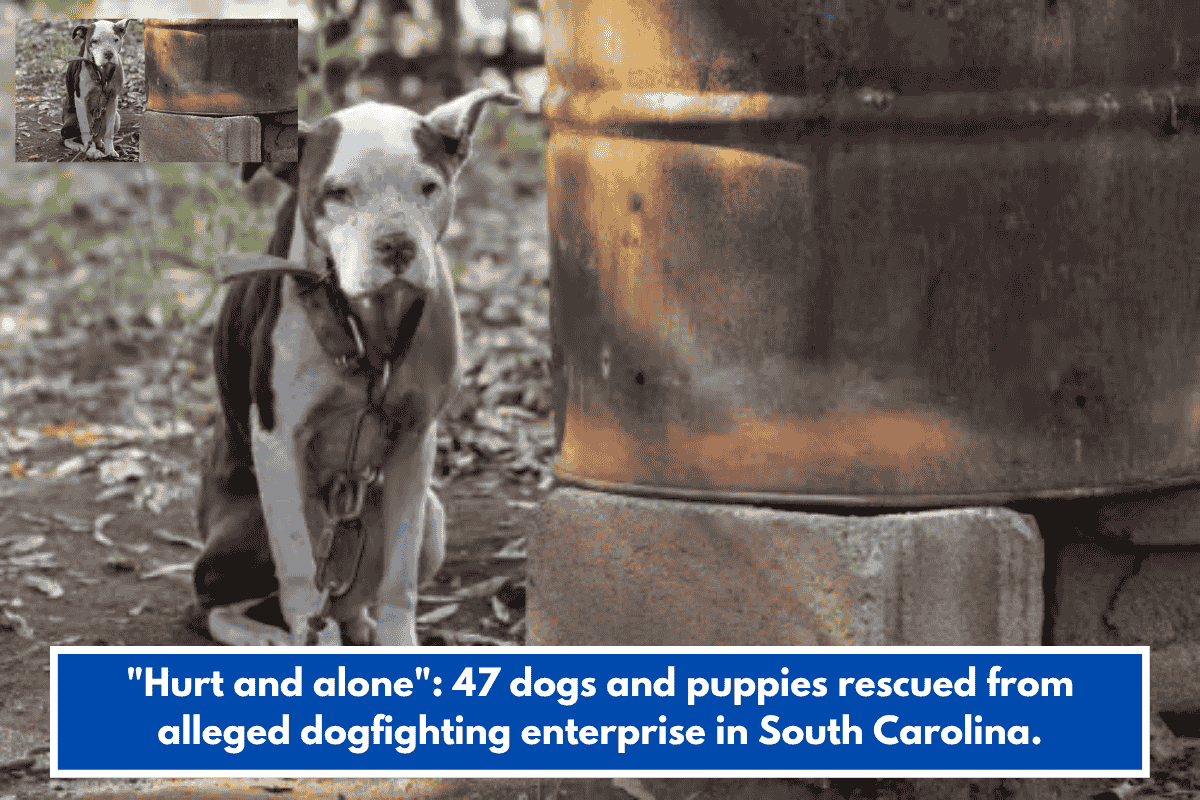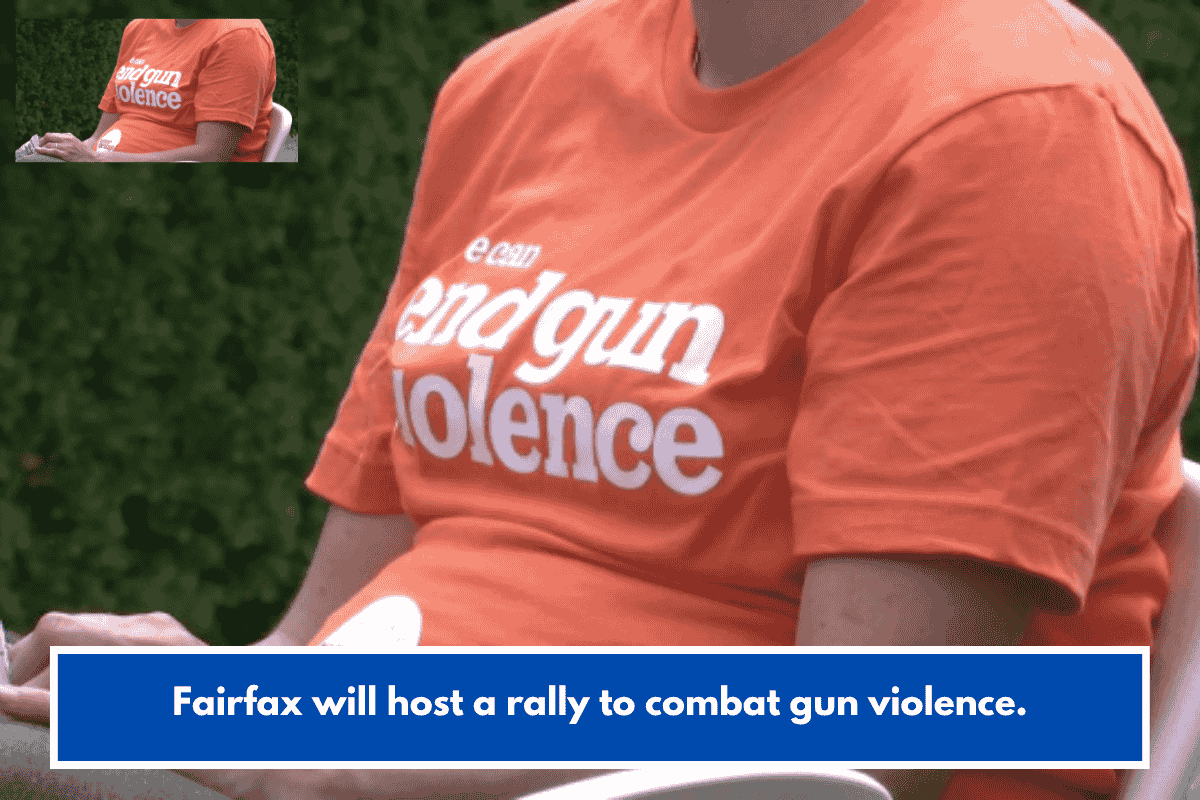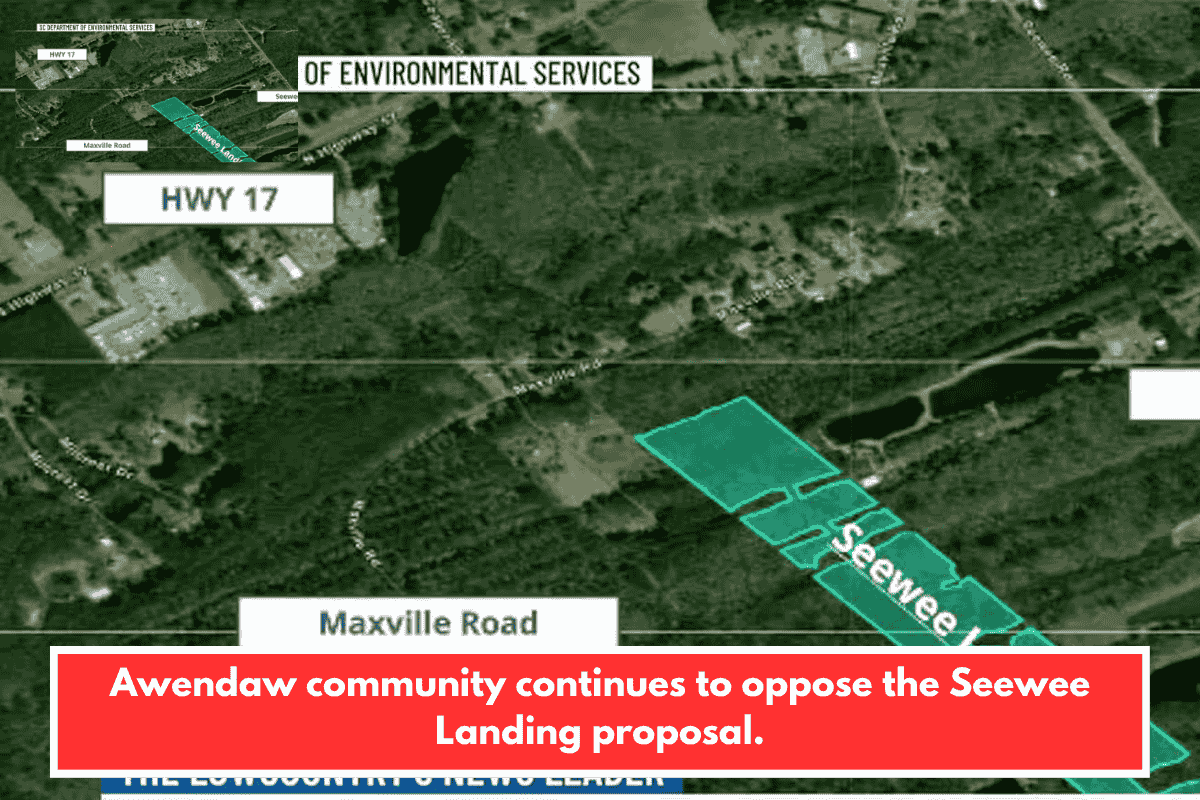When most people think of Memorial Day, they picture parades, flags, and family barbecues. But the deeper roots of this holiday tell a much more powerful story—one that began in Charleston, South Carolina, in 1865. And at the heart of it were formerly enslaved people who honored fallen Union soldiers in a way America had never seen before.
A Memorial That Started with Gratitude and Grief
On May 1, 1865, just weeks after the Civil War ended, thousands of Black residents in Charleston, many of them newly freed, came together with white missionaries to hold what is now considered one of the earliest known Memorial Day events.
According to reports from The New York Tribune and The Charleston Courier, around 3,000 Black schoolchildren marched with flowers in hand, singing “John Brown’s Body,” while Black ministers read from the Bible. Members of the 54th Massachusetts Regiment and other Black Union soldiers performed military marches as part of the tribute.
The event took place at a former Confederate racetrack that had been used as a prison camp, where over 250 Union soldiers had died and been buried in unmarked graves. The community cleaned the grounds, reburied the soldiers properly, and built a fence around the site. Above it, a sign read: “Martyrs of the Race Course.”
Why the Story Was Forgotten
Despite its importance, this incredible piece of history was almost completely lost. In 1996, historian David Blight discovered accounts of the event in archives. When he tried to verify it with local historians in Charleston, they were surprised. “I’ve never heard of it,” they told him. Blight believed the story had been forgotten—intentionally left out of the mainstream narrative.
Later, at a lecture at the Smithsonian in 2001, a Black woman approached Blight and said, “You mean that story is true?” She had heard it from her grandfather growing up in Charleston but never knew if it was real.
Memorial Day’s Roots in Black American Tradition
Today, the story is getting more recognition. The U.S. National Park Service now includes it on their website, acknowledging the role that formerly enslaved people played in honoring fallen soldiers. Yet, when Memorial Day was first made a federal holiday, this origin story was not included in official history.
Still, for many Black Civil War veterans, remembering their fallen brothers became a lifelong commitment. One example is Joseph Clovese, a former slave who fought in the 63rd U.S. Colored Infantry. He lived long enough to attend the final Grand Army of the Republic (G.A.R.) reunion in 1949—one of only six healthy Black veterans present.
Why This Story Still Matters Today
The first Memorial Day wasn’t just about mourning—it was about claiming dignity, recognition, and belonging in a country that had denied freedom to so many. As historian David Blight says, the fact that this tribute happened in Charleston, where the Civil War began, and was led by African Americans, gives it lasting emotional power.
It’s a story that was nearly erased, but now, it stands as a reminder of how deeply freedom, memory, and respect are connected.

